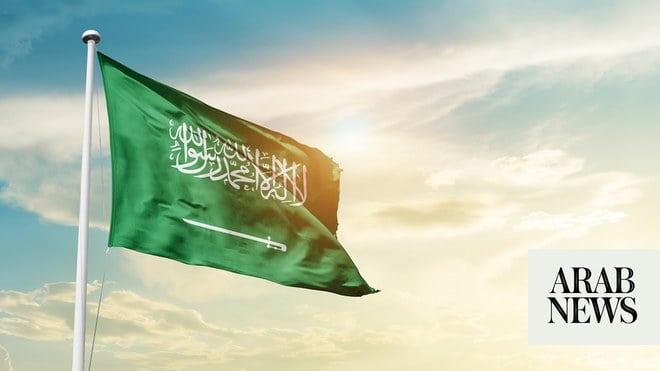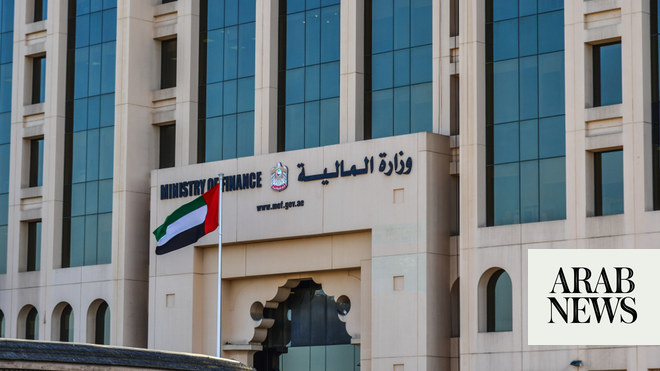
RIYADH: Higher oil prices will support looser Gulf fiscal spending for the next two years, with a knock-on effect on non-oil growth in the region, according to Capital Economics.
The economic consultancy updated its oil-price forecasts this week, predicting Brent crude will end 2022 at $70 a barrel and 2023 at $65 a barrel, up from previous forecasts of $60 and $55, respectively. The change was driven by the expectation that Russia and some smaller producers within OPEC+, the alliance of the Organization of Petroleum Exporting Countries and other producers, will struggle to meet their production quotas.
That led to an upgrade in Gulf hydrocarbon export revenue prediction of 8 percent and 11 percent for this year and next, respectively, Capital Economics Middle East and North Africa Economist James Swanston wrote in a research note.
“The upshot is that higher oil prices will keep the door for fiscal loosening ajar for longer, which may provide scope for slightly stronger growth in non-oil sectors,” he wrote. “But, as prices head below $70pb in 2023, that door will gradually close.”
For Middle East economies outside the Gulf, continued high oil prices will mean current-account deficits stay wider for longer, the note said. For countries that haven’t scaled back fuel subsidies, fiscal budgets will also remain under pressure.
“This furthers cement our view that, with officials struggling to push through fiscal consolidation, Tunisia will continue along the past to a sovereign default,” Swanston said.












